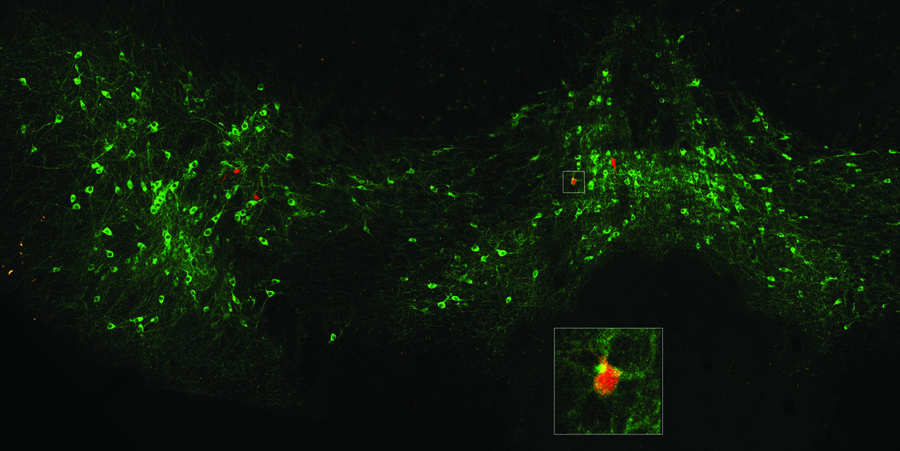Your Brain Might Have a Built-in Fear 'Off Switch'—And Dopamine Holds the Key

In a finding that could reshape how we treat anxiety and PTSD, researchers at MIT have uncovered a dopamine-powered brain circuit that helps animals—like us—know when it's finally safe to forget a fear.
Yes, dopamine. The same chemical that gets all the buzz for being the brain’s feel-good molecule now appears to have a darker, more calculated role: telling your brain when to shut off fear.
In a new study published by MIT neuroscientists, mice were trained to associate a tone with a mild shock. Unsurprisingly, they froze in fear every time they heard the sound. But here’s where things get fascinating: once the shock was no longer given, a specific dopamine circuit sprang into action. This neural pathway—running between the ventral tegmental area (VTA) and the amygdala—lit up as the mice began to unlearn their fear.
In other words, dopamine was doing something far deeper than delivering pleasure. It was signaling safety.
“This suggests dopamine helps the brain determine when a previously dangerous situation is now safe—and that it’s okay to let go of the fear,” says Kay Tye, senior author and professor at MIT’s Picower Institute for Learning and Memory.
The key player? A subset of dopamine neurons in the VTA projecting to the amygdala, the brain’s central fear hub. When these neurons fired in response to the “safe” tone—without the shock—the mice gradually stopped freezing. But when the researchers disrupted the dopamine signal, the fear didn’t fade. The memory held on like a stubborn ghost.
Why does this matter? Because our brains aren’t built to forget fear easily. That evolutionary design kept our ancestors alive—but in modern life, it can lead to persistent fear memories, even when the threat is long gone. Think panic attacks, phobias, PTSD.
Now, with this circuit mapped out, the path to targeted therapies looks clearer.
Imagine future treatments that nudge this dopamine system—helping people unlearn irrational fears without erasing useful ones. “This could lead to better ways of facilitating fear extinction,” Tye notes, especially for individuals who struggle to move past trauma.
Bottom line? Your brain has a way to say, “That’s over. You’re safe now.” And it just might run on dopamine.